Pengembangan Media Pembelajaran Game Education pada Mata Pelajaran Bahasa Inggris Materi My Body
DOI:
https://doi.org/10.46963/mpgmi.v7i1.221Keywords:
Learning Media, Game EducationAbstract
The media game of education in this study referred to the overview of the basic body along with pictures to attract students' attention. The type of research used in this study was Research and Development (R&D). R&D is a research strategy or method that is powerful enough to improve practice. The data were collected through questionnaires, interviews, and documentation. The object was to measure the success of the learning process as evidenced by the student's scores. The variable used as a measurement was the feasibility of the product. The results showed that the need for game education in learning was an important medium to make the teachers easier delivering the learning material, attracting students, especially for grade 1 students at Madrasah Ibtidaiyah, students were also easier to master the topic about my body. The development of learning media for game education can be used by students not only when learning at school. The effectiveness test using the SPSS program also showed the value of Sig. (2-tiled) p = 0.000 <0.05, which means that game media education was effective to improve English learning outcomes about my body.
Downloads
References
Aminudin, A. (2014). Media Pembelajaran Bahasa Arab. Al-Munzir, 7(2), 13-28. http://dx.doi.org/10.31332/am.v7i2.276.
Farouq, Faisal Anam. (2015). Inovasi Media Pembelajaran, Karya Tulis Mahasiswa, Universitas Surya Serpong, 13.
Karo-Karo, I. R. Rohani, R. (2018). Manfaat Media Dalam Pembelajaran. AXIOM: Jurnal Pendidikan & Matematika, 7(1), 91-96. http://dx.doi.org/10.30821/axiom.v7i1.1778
Lestari, S. Y., Hadi, H., & Mushafanah, Q. (2019). Pengaruh model problem based learning berbantu permainan edukatif terhadap hasil belajar tematik. Jurnal Sinektik, 2(1), 97-105. http://dx.doi.org/10.33061/js.v2i1.2979.
Nozomi, I. (2018). Aplikasi Game Edukasi pada Anak Usia 5 Sampai 10 Tahun dengan Metode Image Manipulation. INTECOMS: Journal of Information Technology and Computer Science, 1(2), 124-131. https://doi.org/https://doi.org/10.31539/intecoms.v1i2.288
Nugraha, J., Zulela, MS, & Fuad, N (2020). Peningkatan Keterampilan Menulis Deskripsi Melalui Metode Problem Based Learning di Kelas IV SDN 3 Selajambe. DWIJA CENDEKIA: Jurnal Riset Pedagogik, 4(2), 226-236. https://doi.org/10.20961/jdc.v4i2.45278.
Rumainur. (2016). Pengambangan Media Ajar Berbasis Multimedia Autoplay Studio 8 Dalam Pembelajaran Sejarah Kebudayaan Islam Kelas XI MA Bilingual Batu Malang”, Tesis, Universitas Negeri Maulana Malik Ibrahim.
Vitianingsih, A. V. (2016). Game Edukasi Sebagai Media Pembelajaran Pendidikan Anak Usia Dini.” INFORM: Jurnal Ilmiah Bidang Teknologi Informasi dan Komunikasi, 1(1), 1–8. http://dx.doi.org/10.25139/ojsinf.v1i1.220.
Downloads
Published
Issue
Section
License
Copyright (c) 2021 Rosidiana Ma’rufah, Abdul Ghoni

This work is licensed under a Creative Commons Attribution-ShareAlike 4.0 International License.
Authors who publish with this journal agree to the following terms:
1. Copyright on any article is retained by the author(s).
2. The author grants the journal, right of first publication with the work simultaneously licensed under a Creative Commons Attribution shareAlike 4.0 International License that allows others to share the work with an acknowledgment of the work’s authorship and initial publication in this journal.
3. Authors are able to enter into separate, additional contractual arrangements for the non-exclusive distribution of the journal’s published version of the work (e.g., post it to an institutional repository or publish it in a book), with an acknowledgment of its initial publication in this journal.
4. Authors are permitted and encouraged to post their work online (e.g., in institutional repositories or on their website) prior to and during the submission process, as it can lead to productive exchanges, as well as earlier and greater citation of published work.
5. The article and any associated published material is distributed under the Creative Commons Attribution-ShareAlike 4.0 International License

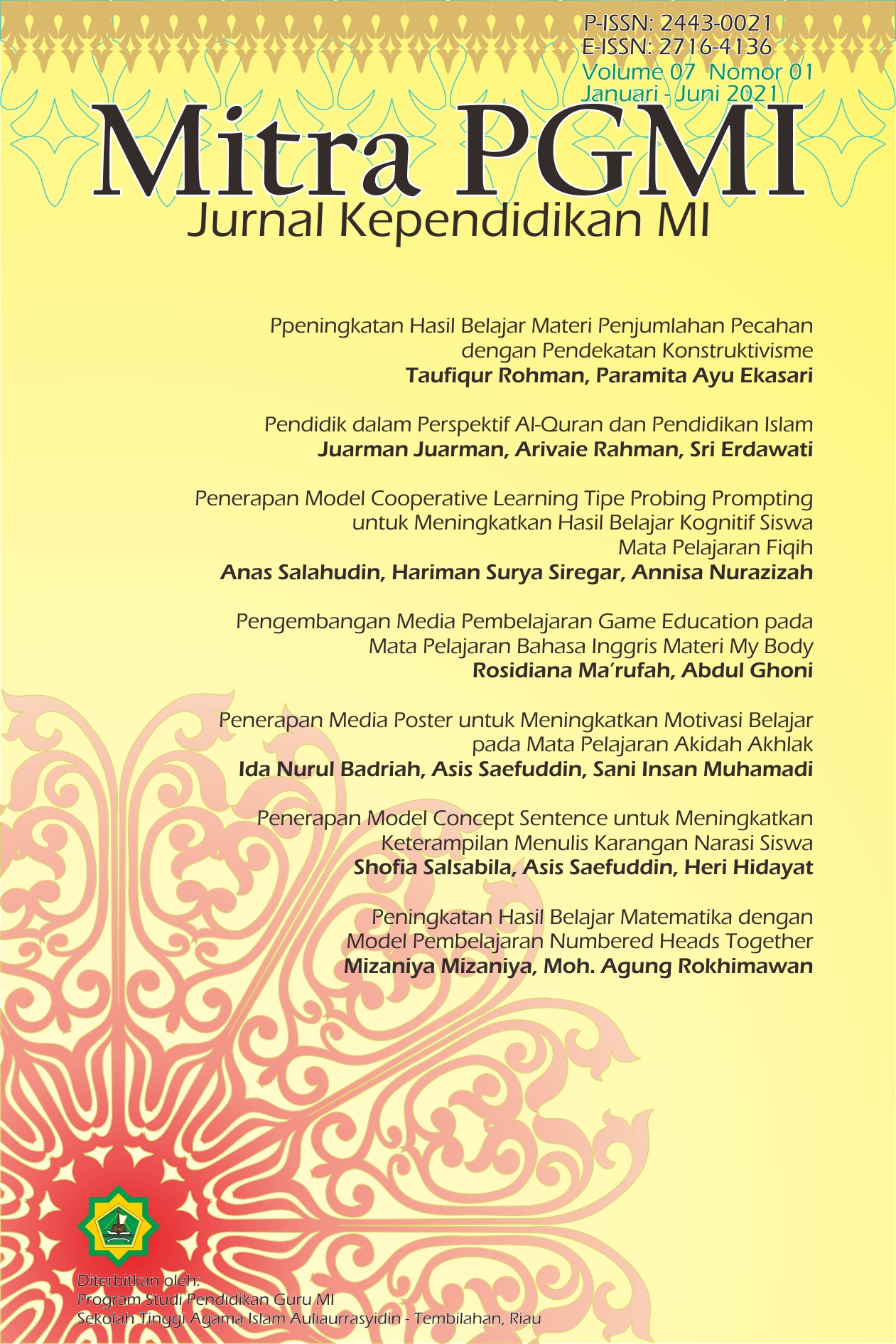
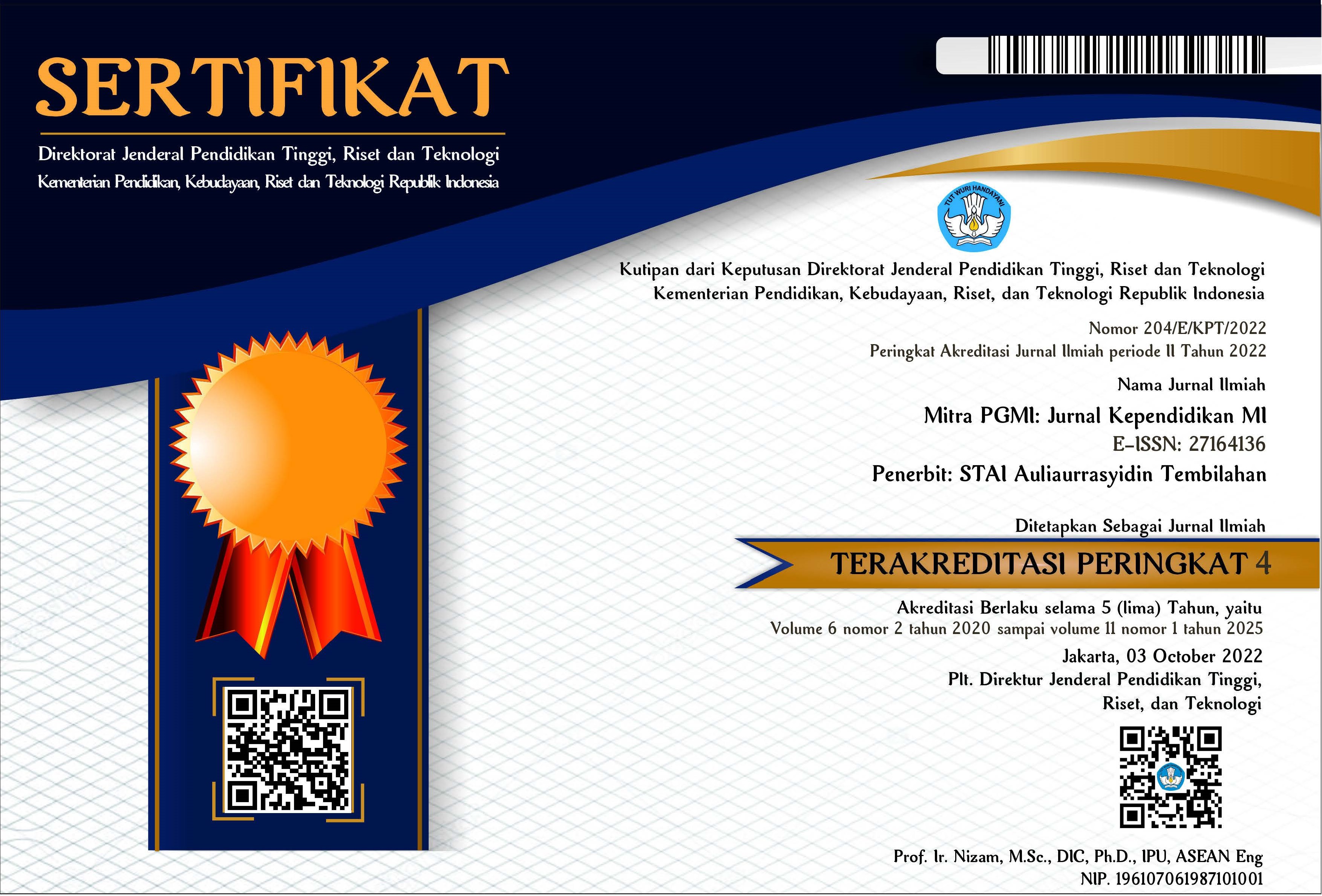
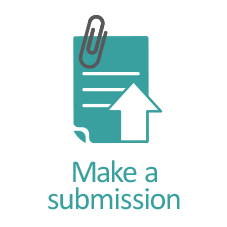
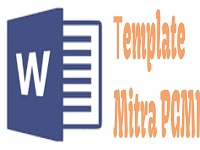

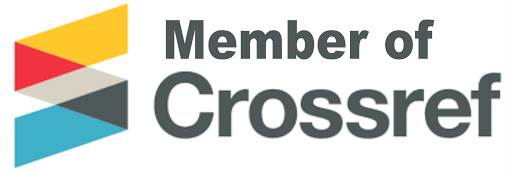

2.png)


